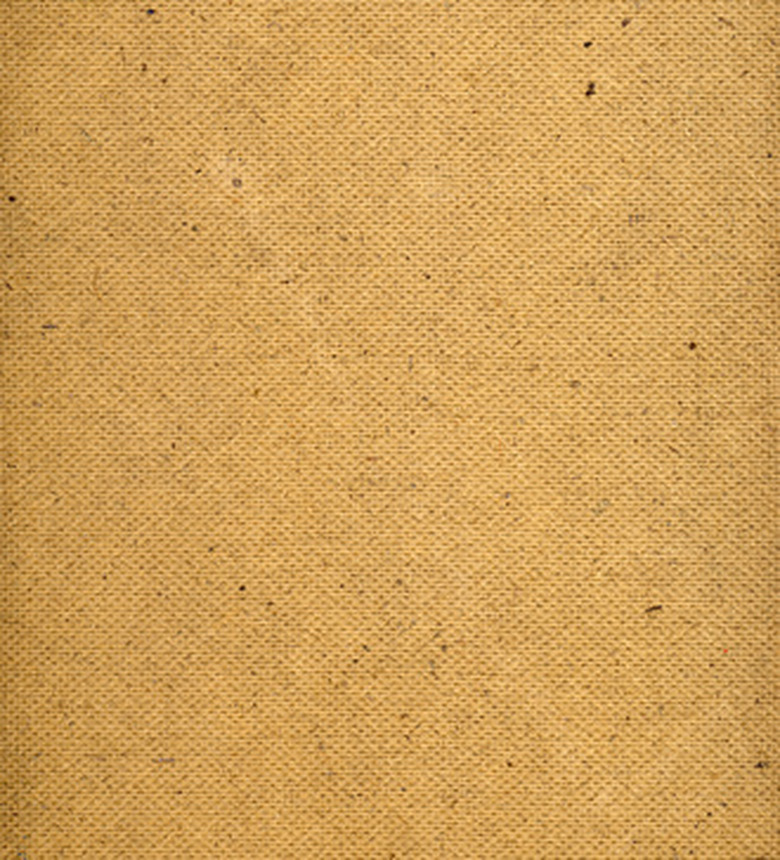How To Protect Plywood From Water Damage
Things Needed
-
Stain
-
Bucket
-
Paint Brush or roller
-
Tarp
Plywood is tough, sturdy and is readily available and can be used for a variety of applications for homebuilding as well as other projects, such as skateboard ramps. Although plywood is often manufactured using a cross-laminating method, plywood corners and veneers remain vulnerable to environmental elements. Protecting plywood for weathering, UV and water damage is not a difficult job, although it may take some time, depending on how much plywood you need to treat. There are a variety of ways to help treat and protect plywood from the elements.
Step 1
Cover your plywood and elevate it off the ground during the construction process. Many types of lumbered materials take on water damage if they are not covered with a tarp during heavy rainstorms. Be sure to put a heavy weight on top of the tarp so that it does not blow off during the storm. Plywood that is in storage should also have its panels kept flat and level with finish faces pointed away from the elements.
Step 2
Apply a weather-protective stain or a water-repellent preservative by using a paintbrush to the plywood prior to its installation into the home or building project. It is also recommended to apply a coat of mold killing or mold protection in order to prevent mold growth as the plywood is exposed to heating and cooling as well as humidity and water vapor. Applying water repellents is also important during the construction process when heavy rains can fall multiple times a week during the summer season. Flat subfloors should be treated during construction in order to help prevent swelling and delamination.
Step 3
Apply an outdoor, latex-based paint to plywood in order to provide more protection that will have a more aesthetic appearance than traditional stains. If the plywood is going to be subject to constant abrasion, such plywood sheets used for skateboard ramps, stain, however, will provide a more resistant and durable protective coating than paint. Be sure to coat all sides of the plywood.
Step 4
Install tar paper underneath the plywood in order to protect the edges and underside from water that may seep through cracks on skateboard ramps. Other options for skateboard ramps, recommended by XtremeSkater, is to use spare urethane or polyurethane to provide a protective finish. The spare urethane is the "most heavy duty" paint available and will cover about 500 square feet per gallon. If you are using multiple layers of plywood to build a skate ramp, then it is also advisable to coat the underside of each layer as well as the top and sides.
